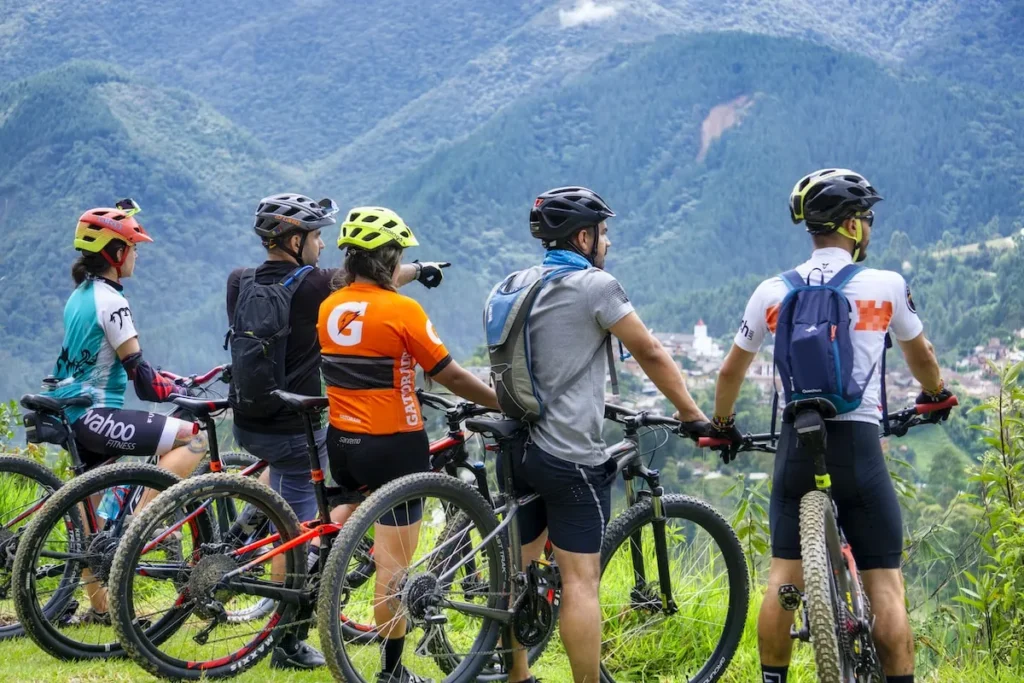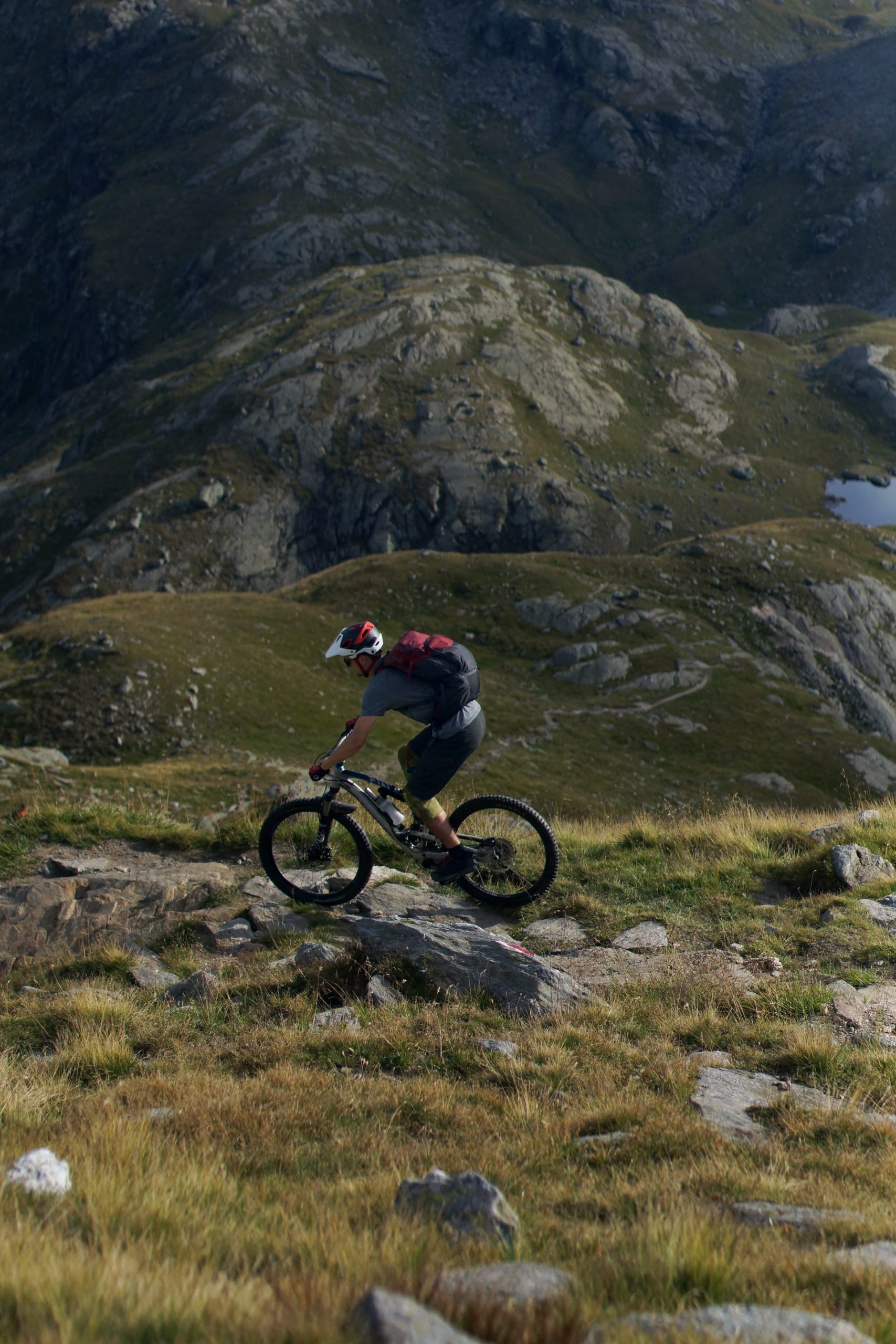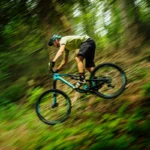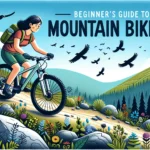Mountain biking is an exciting outdoor activity for many people. Whether you live near mountains or just want to ride trails, mountain biking offers adventure, exercise, and fun. To start mountain biking, you’ll need to get the proper gear, learn basic skills, find trails to ride, and more.
Buying a Mountain Bike
To get started in mountain biking, you will obviously need a proper mountain bike. Mountain bikes are designed for riding rugged trails and uneven terrain. They have sturdy frames and wheels, wide tires, suspension systems, and more features to handle rough riding. There are many types of mountain bikes available today. Two common categories of mountain bikes are hardtail and full suspension. Hardtail mountain bikes have a suspension fork in the front but a rigid frame in the back. Full suspension or dual suspension mountain bikes have suspension in both the front fork and the rear. For beginners, a quality hardtail is often recommended as it is more budget-friendly and requires less maintenance. The frame and wheel size of a mountain bike also varies. The most common sizes are 26, 27.5, and 29 inch wheels. Larger wheels typically roll over bumps better. For your height, a local bike shop can help fit you to the right size bike frame and wheel. Mountain bike prices range widely from a few hundred dollars to several thousand for high-end models. Expect to spend around $500-$1,000 for your first quality, entry-level hardtail mountain bike.
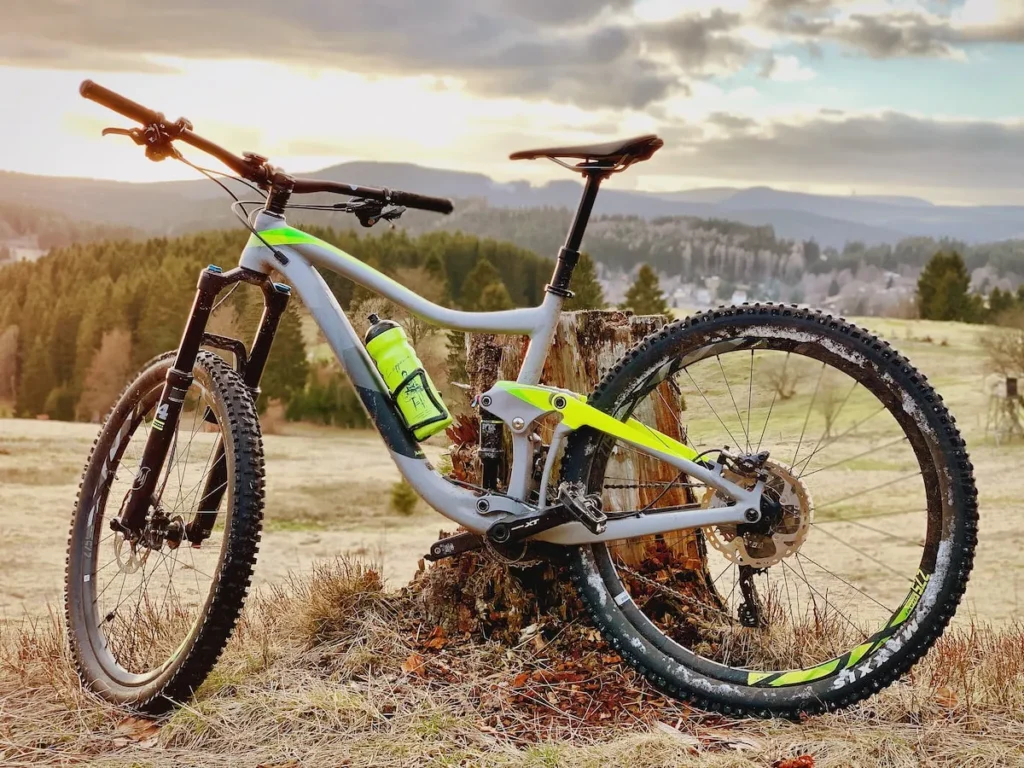
Mountain Bike Safety Gear
Proper safety gear is essential when riding off-road trails. Be prepared to fall at times as you gain skills, so protecting yourself is a must. Here is some basic protective gear you should consider wearing every ride:
- Helmet – Probably the most important piece of safety gear. Be sure to get a helmet specifically designed for mountain biking with good ventilation and coverage. Make sure it fits right.
- Gloves – Mountain biking gloves help protect your hands and absorb vibrations when riding over bumpy terrain. Get gloves with padded palms.
- Knee and Elbow pads – Light pads help prevent scrapes and cuts if you take a tumble on the trail. They also give you some peace of mind when riding.
- Sunglasses – Protect your eyes from insects, dirt, branches and sunlight out on the trail. Get sunglasses with polycarbonate lenses specifically for sports use.
- Proper shoes – Sturdy mountain biking shoes with grippy soles will help keep your feet on the pedals. Shoes with stiff soles also help power your pedal strokes. Avoid bulky skate shoes.
The right mtb safety gear will help prevent injuries and keep you comfortable out on the trails. Don’t skimp when it comes to protecting yourself. Talk to other mountain bikers or bike shop staff for recommendations on quality gear for the type of riding you want to do.
Learning to Ride
Once you have a proper mountain bike and safety gear, it’s time to start developing your riding skills. Of course you’ll want to first just get comfortable on your new bike riding around your neighborhood or park. But to really progress as a mountain biker, seek out beginner-friendly dirt trails and practice essential techniques like climbing, descending and cornering. Here are some tips for learning to ride the trails:
- Take a mountain bike skills class. Check with local bike shops and clubs to find clinics designed for beginners. Skills camps teach you techniques step-by-step with instructors. The instruction will give you a big boost in capability and confidence.
- Ride with more experienced mountain bikers. Having a veteran mountain biker show you the ropes on the trail is invaluable. You’ll get tips while actually riding. Just be sure to pick trails well within your ability.
- Start small and add challenges. Don’t just go for the hardest, most technical trail right away. Build skills on relatively smooth dirt trails first. Then gradually take on more difficult terrain, obstacles and descents as your skills improve.
- Practice cornering and braking. Key skills like cornering, braking technique and bike control take time and effort to master. Focus on these early on before tackling steep downhills.
- Get comfortable falling. You will fall at times when mountain biking. Knowing how to fall safely helps prevent injuries. Practice falling techniques in a grassy area to learn how to roll out of crashes.
Take your time learning. Gaining the basics like balance, cornering, climbing and descending will go a long way towards safe, fun trail riding.
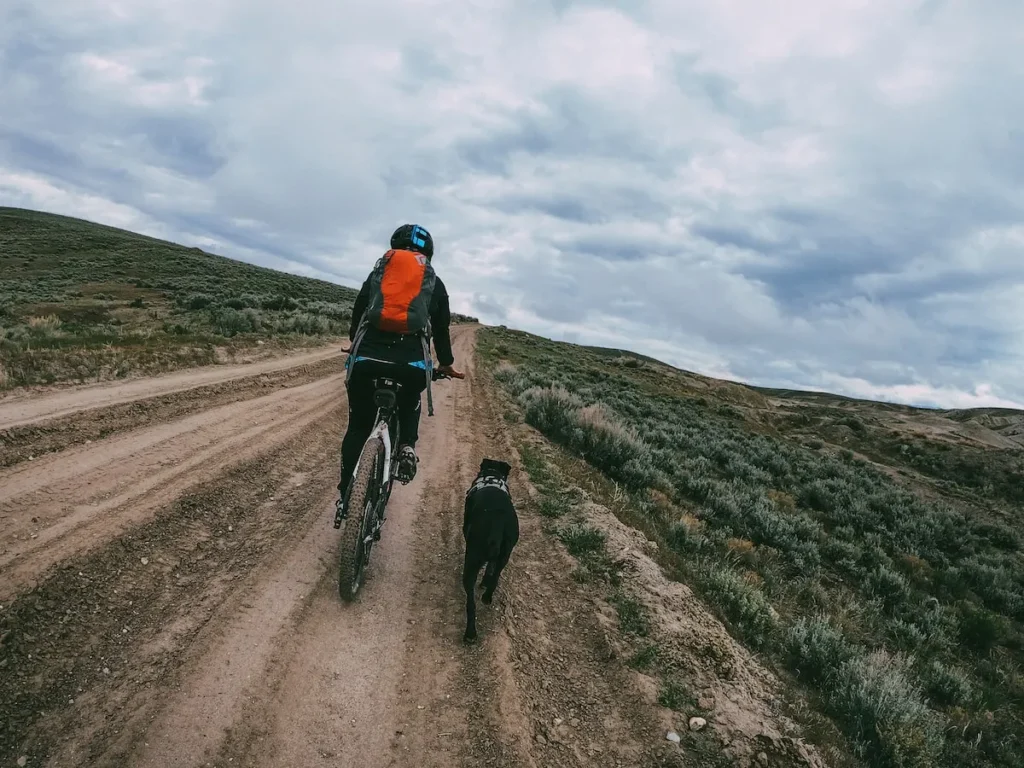
Finding the Right Trails
Finding beginner-friendly trails matched to your ability will ensure you have an enjoyable start to mountain biking. Here’s how to find trails:
- Search trail sites and apps like MTBProject.com, Trailforks and AllTrails. You can see trail maps, difficulty ratings and reviews. Pay attention to the skill level ratings.
- Ask local bike shops about the best trails for novices. Shop staff will know the nearest trails appropriate for your skill and fitness levels. Some offer guided beginner rides too.
- Join a mountain biking club. Club group rides are a great way to try new trails in a supportive environment. More experienced riders can show you the lines. Check meetup sites for clubs.
- Look for bike parks. Bike-only parks cater to mountain bikers with extensive trail networks, camping facilities, skills areas and more. Start on green rated flow trails your first visits.
- Ride from your door. Once you’re ready to drive to trails, look for riding areas with networks of loops ranging from green to black diamond so you can progress up.
The best trails for beginners will be smooth, wide and relatively flat without huge obstacles or steep sections. Dirt forest service roads are a good start. Seek non-technical, groomed flow trails rated green when you’re ready for singletrack. Don’t be afraid to walk sections that are beyond your comfort zone. You’ll be shredding black diamond runs before you know it.
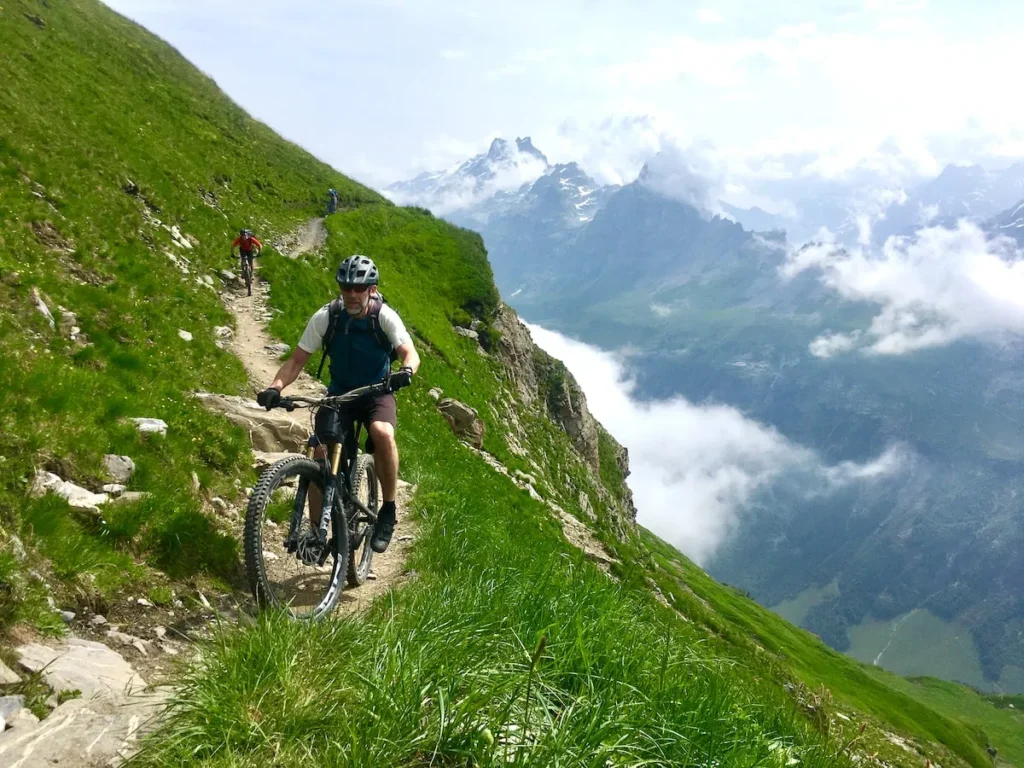
More Tips to Get Going
Here are a few more helpful tips to get started in mountain biking:
- Ride within your fitness level. You’ll enjoy riding more if you don’t overdo it at first. Build up your endurance and stamina on easier trails before big rides.
- Start on gentler terrain. Rolling foothills and woods trails are great for beginners before tackling big mountain rides. Get experience on dirt, rocks, roots and minor obstacles first.
- Master climbing. Bike ascending skills are essential. Shift gears early, stand up at times and keep momentum. It takes practice to develop climbing efficiency.
- Invest in a helmet cam. Fun cameras like GoPros allow you to record your rides to study, share and motivate you. A handlebar or helmet mount gets stable footage.
- Carry the essentials. Pack a hydration pack with water, some snacks, a multi tool, tire levers and a first aid kit on every ride. Being prepared gives peace of mind if issues arise.
- Upgrade your equipment over time. As your experience grows, consider upgrades like a dropper seat post, better suspension, clipless pedals and better wheels. Quality gear makes a difference once skills improve.
With the right approach, mountain biking is an accessible sport to pick up. Follow these tips and you’ll be ready to start the two-wheeled adventure!
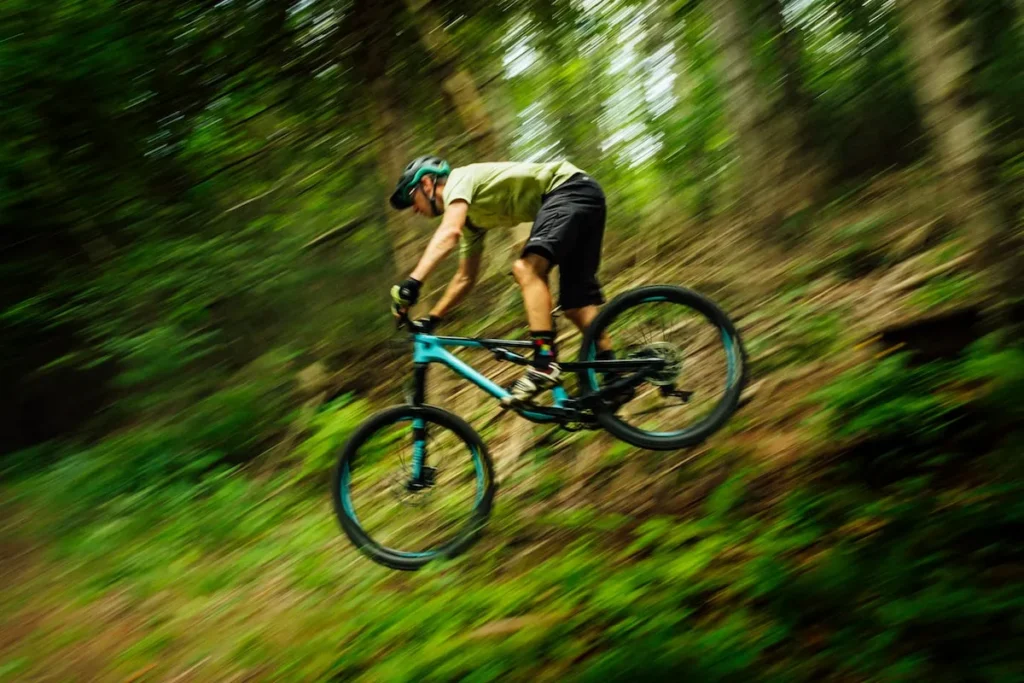
Conclusion
In summary, getting started in mountain biking is easier than you think. Follow this guide to get the proper gear, gradually build your skills on appropriate trails matched to your ability, ride with others, and practice key techniques. Take your time learning and progressing. Before you know it, you’ll be confidently shredding your favorite local singletrack. Mountain biking provides exhilarating adventure, new challenges to conquer, and a fun way to explore the outdoors. With a little preparation and patience as you start out, you’ll be hooked on this thrilling lifetime sport in no time. Now get out and ride!
